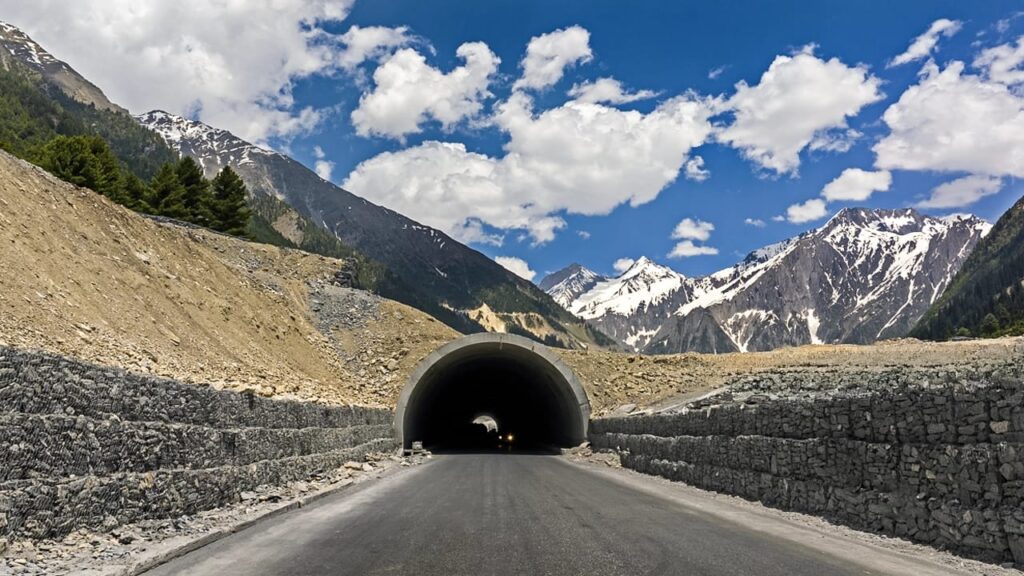
The ambitious Zojila Tunnel project in Jammu and Kashmir, which promises year-round connectivity between Srinagar and Ladakh, has encountered delays and is now expected to be completed by February 2028, two years beyond its original target of 2026.
Strategically situated at an altitude of 11,578 feet, the Zojila Tunnel is under construction in one of the most challenging terrains of the Himalayas. Once completed, it will stand as India’s longest road tunnel and Asia’s longest bi-directional tunnel, significantly boosting both civilian and military mobility in the region.
Project Progress and Revised Timeline
As of July 2025, over 64% of the tunnel’s construction has been completed. In response to a query raised by Lok Sabha MP Mian Altaf Ahmad, Union Road Transport and Highways Minister Nitin Gadkari confirmed in a written statement that while the original deadline was September 29, 2026, the new completion date has been moved to February 2028.
Project Cost and Expenditure
The Zojila Tunnel is being built at an estimated cost of ₹6,809 crore, with approximately ₹3,934.42 crore already spent. The project is being developed as part of efforts to improve the Srinagar-Kargil-Leh corridor (NH-1) and enhance safety by reducing the risks posed by avalanches and extreme weather.
Reasons Behind the Delay
In his statement, Gadkari outlined several factors contributing to the delay:
Severe weather conditions in the Himalayan region
Disruptions caused by the COVID-19 pandemic
A terrorist attack at the nearby Sonamarg Tunnel Project site
These challenges have significantly hampered the pace of construction and logistics, forcing the government to revise the timeline.
Strategic and Economic Significance
Despite the setbacks, the Zojila Tunnel remains a critical infrastructure project with immense strategic importance. Once operational, it will ensure all-weather connectivity for the border regions of Ladakh, which is crucial for both national security and the region’s economic development.
As work continues under demanding conditions, the government remains committed to seeing this transformative project through, albeit on an extended timeline.
